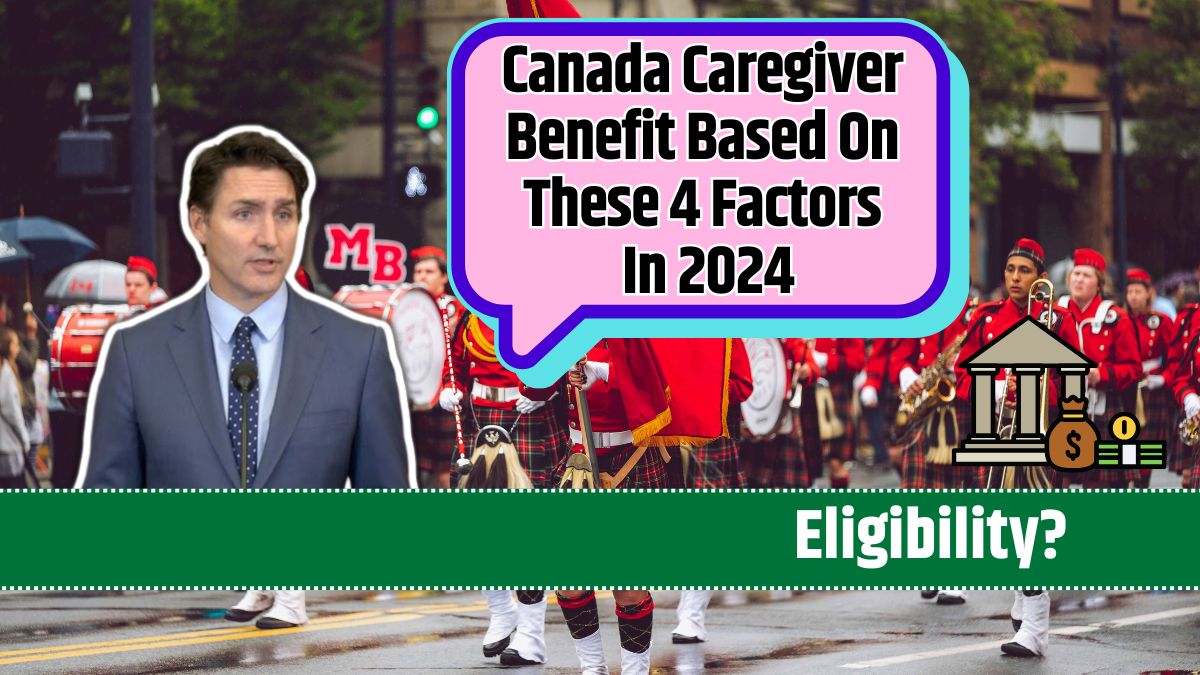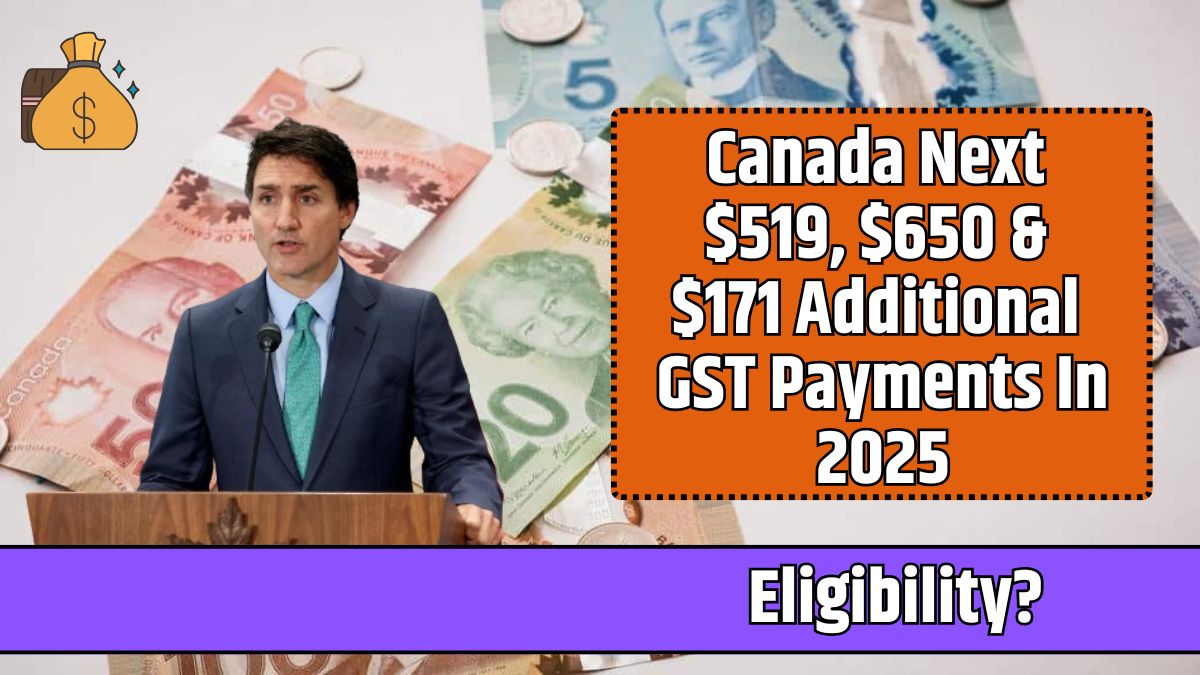The Climate Action Incentive Payment (CAIP), now rebranded as the Canada Carbon Rebate (CCR), is a tax-free quarterly payment designed to offset the costs of federal carbon pricing.
It aims to help Canadians manage expenses related to carbon taxes, ensuring most households receive more back than they pay. Let’s break down how to maximize your payment, key eligibility criteria, and new updates for 2024.
Overview of the Canada Carbon Rebate
| Feature | Details |
|---|---|
| Rebate Name | Canada Carbon Rebate (CCR) |
| Former Name | Climate Action Incentive Payment (CAIP) |
| Eligible Provinces | Alberta, Saskatchewan, Manitoba, Ontario, NB, NS, PEI, NL |
| Payment Dates (2024) | April 15, July 15, October 15, January 15 (2025) |
| Eligibility | Residency in eligible provinces, filed tax return |
| Rural Supplement | Additional 10% for rural/small community residents |
| Amounts | Varies by province and family size |
Understanding the CCR
The CCR is part of Canada’s strategy to combat climate change by implementing carbon pricing. The funds collected from carbon taxes are returned to Canadians through these payments, ensuring affordability while advancing environmental goals.
Residents of provinces without their own carbon pricing system—like Alberta, Manitoba, and Ontario—are eligible for the rebate. Provinces with independent systems, such as British Columbia and Quebec, offer separate programs.
Eligibility Criteria
To qualify for the CCR, you must meet the following conditions:
- Residency
- You must reside in an eligible province.
- Age Requirement
- Must be 19 years or older, or meet special conditions such as being a parent or having a spouse/common-law partner.
- Filed Taxes
- Filing your tax return for the applicable year is mandatory to receive the payment.
- Rural Supplement
- If you live in a rural or small community, check the appropriate box on your tax return to receive a 10% supplement.
Payment Amounts
The payment you receive depends on your province of residence, family size, and additional rural eligibility. Here’s a breakdown of quarterly amounts for 2024:
| Province | Individual | Spouse/Partner | Per Child Under 19 | First Child (Single Parent) |
|---|---|---|---|---|
| Alberta | $225 | $112.50 | $56.25 | $112.50 |
| Saskatchewan | $188 | $94 | $47 | $94 |
| Manitoba | $150 | $75 | $37.50 | $75 |
| Ontario | $140 | $70 | $35 | $70 |
Residents in rural areas receive an additional 10% of their total rebate.
Example:
A family of four (two parents, two children) in Alberta would receive:
- Individual: $225
- Spouse: $112.50
- Two Children: $112.50 ($56.25 × 2)
- Total: $450 per quarter (plus 10% if rural).
Payment Dates for 2024
Payments are issued quarterly on these dates:
- April 15, 2024
- July 15, 2024
- October 15, 2024
- January 15, 2025
Ensure your taxes are filed by March 15, 2024, to receive the April payment on time. Late filers will still receive their rebate, but payments will be delayed.
How to Apply and Maximize Your CCR
One of the best features of the CCR is its simplicity. Filing your taxes automatically registers you for the payment. However, here’s how to ensure you maximize your benefits:
- File Taxes on Time
- Submit your tax return before the deadline to receive your payments as scheduled.
- Claim Rural Supplement
- If you reside in a rural area, ensure you check the relevant box on your tax return to qualify for the 10% bonus.
- Register Dependents Properly
- Families with children under 19 should register for the Canada Child Benefit (CCB) to receive additional rebate amounts.
- New Residents
- If you’re new to Canada, fill out the necessary forms:
- RC66 for families with children.
- RC151 for individuals.
- If you’re new to Canada, fill out the necessary forms:
Tips for Staying Informed
- Use Official Sources: For accurate information, visit the official Canada Carbon Rebate page.
- Track Payment Dates: Mark your calendar to stay updated on quarterly payments.
- Consult a Tax Professional: If you’re unsure about eligibility or filing requirements, seek professional assistance.
The Canada Carbon Rebate is a critical tool in helping Canadians manage the rising costs associated with carbon pricing. By understanding the rules, filing your taxes on time, and checking your eligibility for supplements, you can maximize these payments and support Canada’s environmental goals.












